
Fram Centre
Outside of my own ecosystem!
Once upon a time, scientists had a broad, holistic approach to research. They might explore everything from animals and plants to minerals, water and air currents. As scientific knowledge expanded and grew increasingly complex, generalist researchers became specialists—and the broad view was lost.
By: Pernilla Carlsson // Norwegian Institute for Water Research
Marit Klemetsen Arneberg, Amanda Poste and André Frainer // Norwegian Institute for Nature Research
The extreme specialisation and compartmentalisation of modern research has erected barriers between disciplines, and today’s experts rarely venture out of their own ecosystems. If you are studying specific details of a single species’ performance in relation to water temperature in a lake, why bother about what happens downstream?
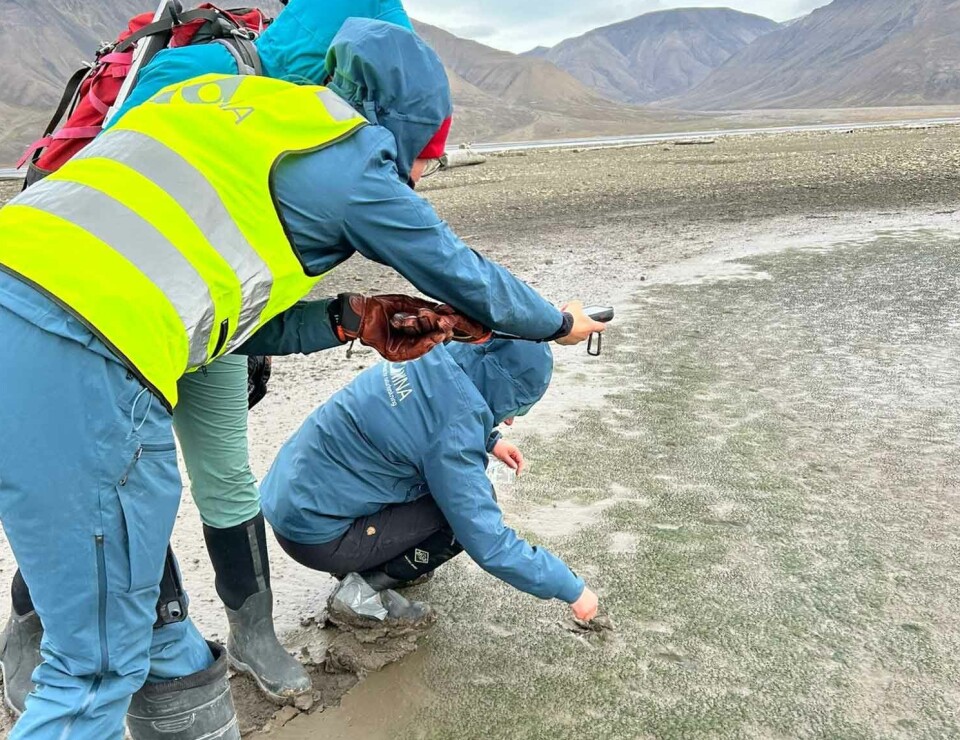
It is time to look outwards again, towards broader horizons.
Many researchers have sought to illuminate the intricate connections that bind landscapes together, from the rushing rivers that carve their way through jagged mountains to the expansive deltas where freshwater kisses the brine of coastal systems. But the task requires a broad scope and clever minds working together—and that is more easily said than done.
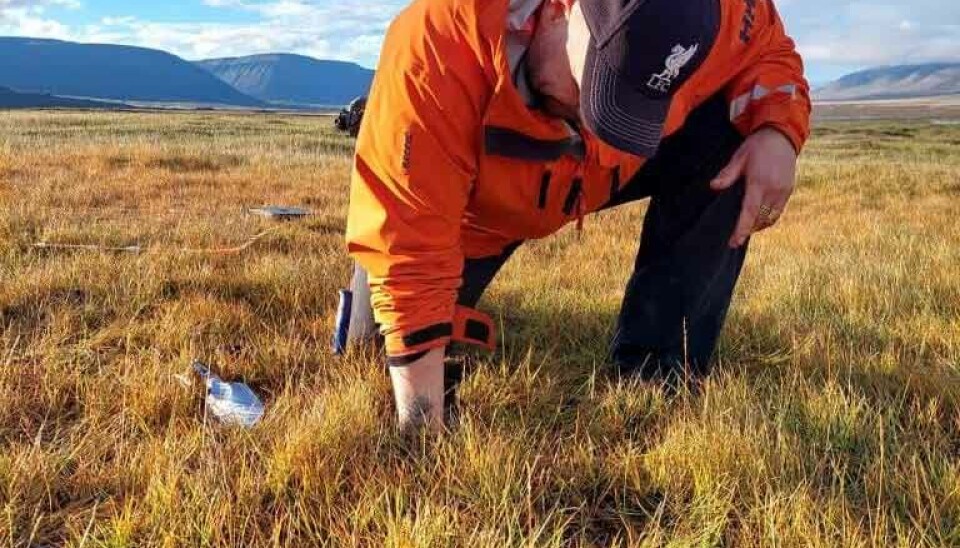
In 2022, when the new Fram Centre research programmes were being established, one of them envisioned connecting ecosystems with each other, just like in nature. And hence, From Catchment to Coast (C2C) was born. The scientists who signed up for C2C had to promise to connect and work outside their preferred scientific sphere. Social scientists needed to talk to natural scientists. Geologists had to discuss time scales with biologists. Marine scientists had to work with freshwater biologists. All with the aim to understand how the natural ecosystems and humans in the area from catchment to coast affect and depend on each other. With a changing Arctic and increased human pressure on land use in the north, it has become even more urgent to understand how actions downstream can affect a lake upstream, or how the sea depends on nutrients from the catchment area of a river.
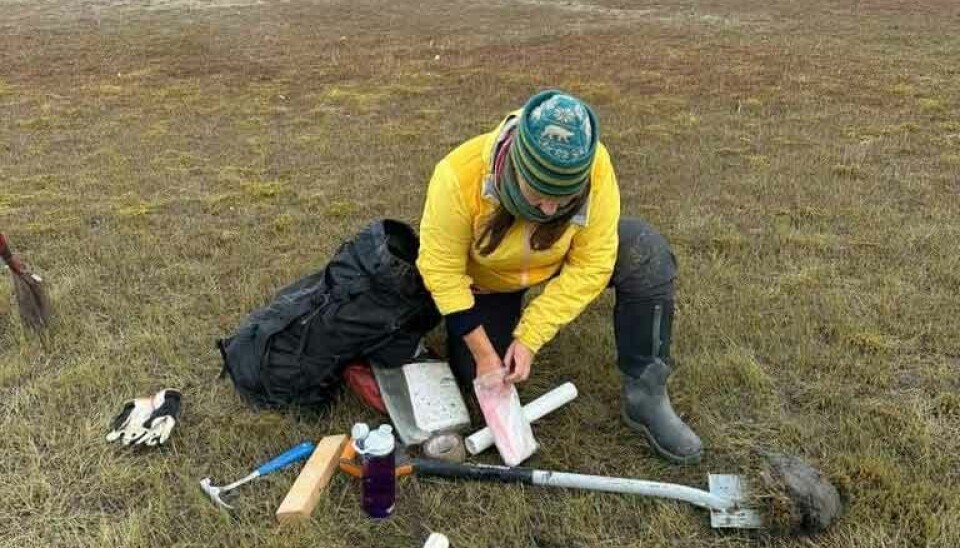
Geological vs biological timescales
What happens when people representing different disciplines decide to work together in the field? In the high Arctic, where the icy winds whip through the air, a troop of geologists, biologists, and a biogeochemist found themselves thrown together for a fieldwork expedition focused on river delta systems and their riparian zones.
Picture it: geologists, armed with hammers and big shovels and an assortment of geological maps that look great but are incomprehensible to anyone but themselves, mingle with biologists focused on vegetation and freshwater, who busily scramble down to the riverbed for water and sediment samples and scrutinise every grass tussock they encounter. When these people get together, time scale is an obvious issue, and they can disagree about the meaning of basic words like short and long. Despite all that, just a couple of days in the field yielded returns wholly unlike those obtained through regular virtual meetings on Teams. Knowledge and ways of understanding were exchanged, and plans for more joint data collection were made after one round in the field.
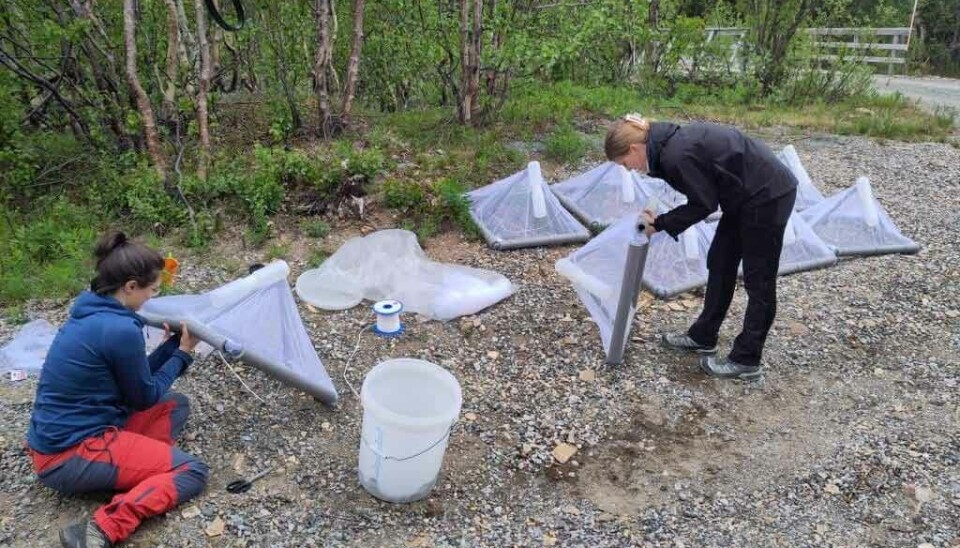
Computer whizzes meet field mavens
For obvious reasons, field scientists can’t sample every single water body. But from a management perspective, it is relevant to know whether the overall results from one catchment area can be applied to another catchment area and water body. Computer scientists can easily extrapolate and apply data to a large geographical area but need input from field scientists to do this in the best possible way.
C2C scientists working in the Målselv area gathered data from land, freshwater and marine systems, and these data were included in modelling work to understand how up- and downstream processes affect each other. The computer model builds on data from Målselv but can be adapted to other river systems in Norway. When supplied with information on the properties of the catchment area, nutrient transport and human activities, the modelling tool can support management decisions about water bodies.
One tends to find entomologists (insect biologists) crouched low to the ground, looking intensely down into the shrubbery, trying to identify a tiny bug that almost no one else knows anything about. But since insects depend on lakes and other fresh water for their development (something everyone who has spent a summer near a marsh in northern Scandinavia is well aware of), the insect biologist should put on a pair of waders and work across the border between freshwater and land. And of course, this is what we do in C2C! By investigating the insect life stages in freshwater, we gain insight into how things happening in the lake can affect the “insect link” in the food chain on land, where insects serve as pollinators for plants or as food for birds and spiders.
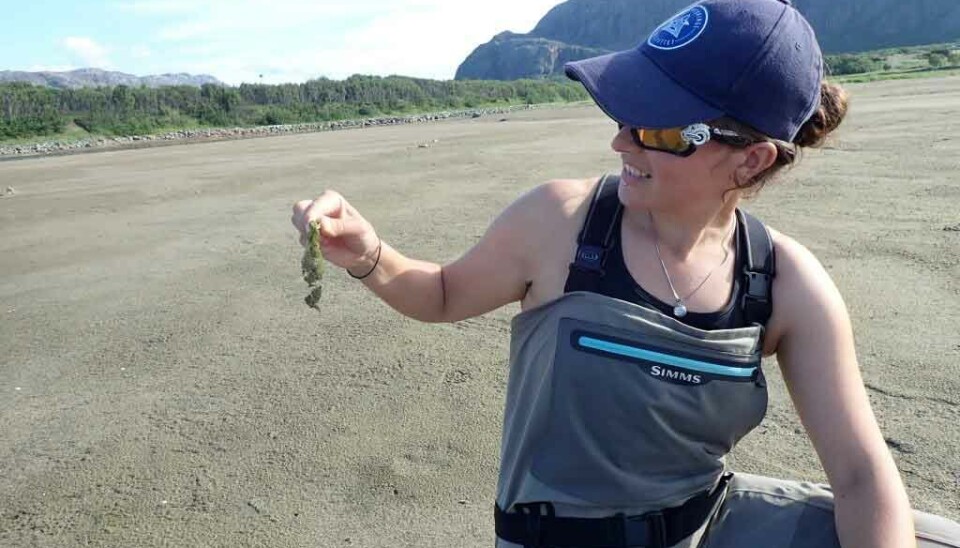
Against the current
The “standard” approach when investigating transport and fluxes of e.g. nutrients is to follow as river water flows from land and into the ocean. But when invasive pink salmon swim against the current and eventually die upstream, these fishes represent a large input of nutrients and organic material from the sea and into the rivers and lakes. So how large is this input? And was this question relevant only to scientists, or also of interest to locals around the affected rivers and waterways? To find out, biologists collaborated with social scientists, interviewing managers and citizens in Varanger. Their information needs regarding nutrient transfer via dead pink salmon into rivers were high, but were framed differently: “How will the dead pink salmon affect the water quality?” and of course, “How will pink salmon affect the life of the native salmon?” Through interviews, it became clear that even though local and regional water managers wanted methods for excluding pink salmon, they were worried about how those measures might affect the local Norwegian wild salmon—which also moves upstream to spawn.
Working together at the Fram Centre
In this ongoing venture named C2C, scientists from various fields and ecosystems come together to study mountains, rivers, deltas, and coasts. We continue to push the boundaries of knowledge, driven by a common insatiable curiosity that goes beyond our own ecosystem.
















